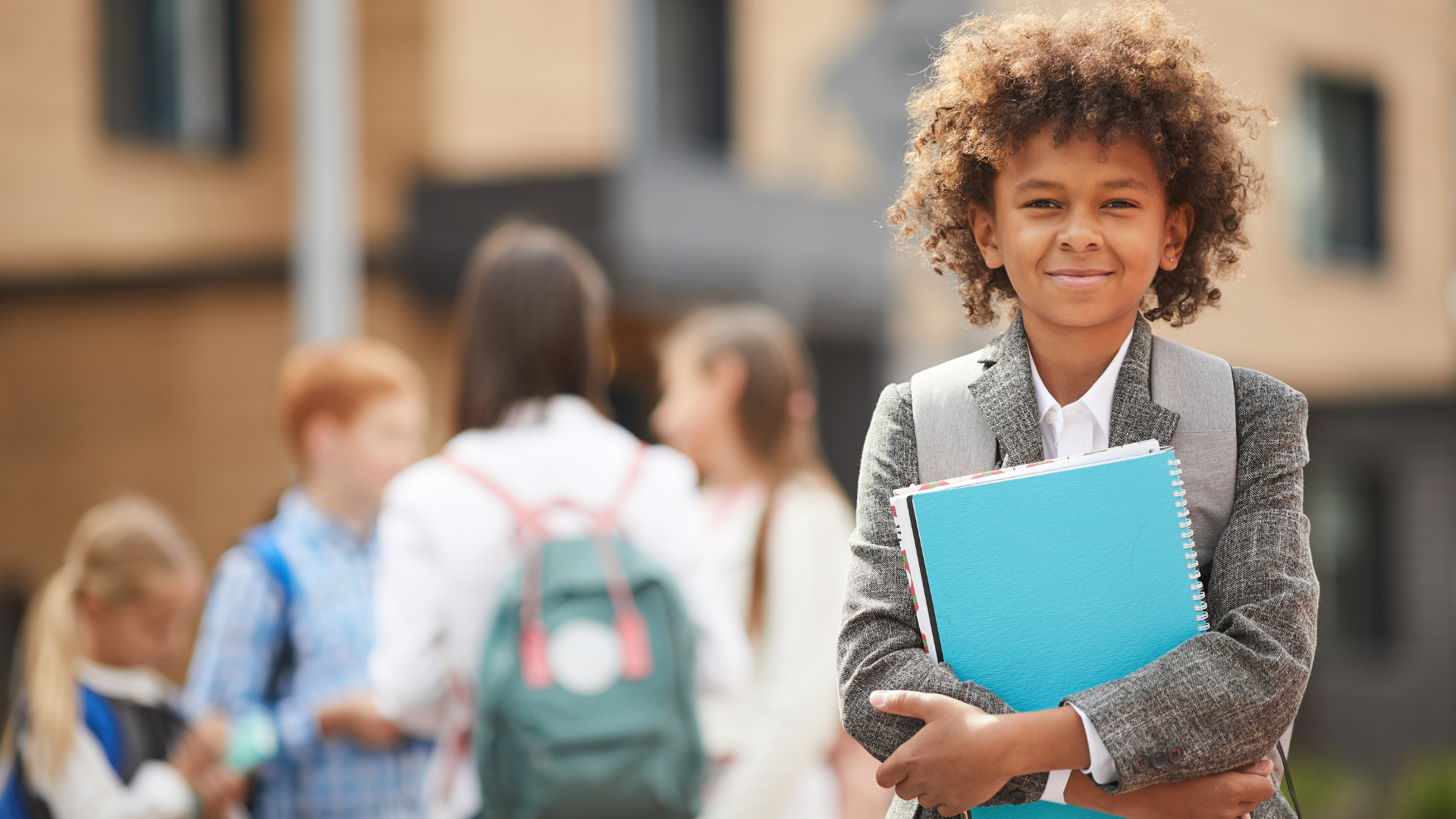ARP Funding: A Guide to Making Investments That Matter
The current climate of school funding is unrivaled by any we’ve seen in the recent past.
District leaders will be faced with many critical funding decisions that could impact the long-term success of their schools and student achievement.
With the announcements from the Department of Health and Human Services on the CDC’s providing $10 billion to states for COVID screening testing for K-12 teachers, staff, and students, as well as the American Rescue Plan Elementary and Secondary Emergency Relief (ARP ESSER) $122 billion fund, it’s clear there is a major push to re-open our nation’s public, charter and private schools in a safe and efficient manner per guidelines.
But with all of the potential investments for this new funding, what should administrators do?
The pandemic has impacted nearly every aspect of our daily lives. It’s no secret that our education system has also been dramatically affected. Solving for declining student enrollment and increases in teacher attrition are at the forefront of the minds of school leaders.
These additional funds to secure the sustainability and success of our nation’s schools are a huge opportunity for district and school leaders in education to make wise investment decisions.
What should administrators prioritize to maximize the impact of their spending?
While the exact verbiage is listed here, the consensus is the funds are usable on efforts that make our schools safe while also addressing learning loss, mental health and SEL needs, furthering educational equity and support, as well as efforts to retain teachers and technology.
This guide will help district and school leaders understand the allowances of the ARP funds, while giving insight for prioritizing spending options that will make the biggest impact now and create sustainable futures.
6 Ways to Use ARP Funds to Address the Impacts of COVID on K-12 Education
1. Technology and Software Solutions
According to the recent study, What We’re Learning: COVID 19 and Education: Notable Findings and Data Sources, more than 38% of U.S. families with children in the K-12 grade range have “disenrolled” their children from their local public schools. Declining enrollment is a problem all across the United States.
- Position your district on the right path by researching and implementing technology and software solutions to ensure school and district success.
- Reduce the paperwork, cost, and manual labor for school staff; go mobile with your solutions to address declining enrollment. Don’t be caught off guard again.
- Ensure that consistent and effective learning and teacher development can continue in any learning environment.
- Create sustainable and equitable device access for all students.
2. Marketing to the Community
Unlike any other time in the history of K-12 education, families have more school choice options. The educational marketplace has never been more crowded and more competitive.
Our education system is there to service our nation’s students and just like in any other area of business, you must market to your target audience.
- Announce safety measures to staff, families, and the community that your school will open and operate with the health and safety of all as top priority.
- Invest in outreach efforts to educate, inform, and persuade the audience that the school is set up to produce the best student and staff outcomes no matter the learning environment.
- Reach new families that fit while also recovering the ones you’ve lost with solid marketing strategies to address declining enrollment.
3. Teacher Retention Methods
According to the National Association of Secondary School Principals, “Nearly half of new teachers leave the classroom in their first five years, including 9.5% in the first year alone. And nearly a third of those leaving their positions chose to leave the profession altogether, opting for careers outside of education.”
Avoid devastating layoffs and hiring additional educators to address learning loss and providing sufficient staffing to facilitate social distancing.
Additionally, investing in support for teacher coaching and training, as well as professional development. As students and staff re-enter schools, evaluating and providing meaningful feedback measures will be critical.
4. Safety and Educational Equity by Going Digital
Invest in resources to implement the CDC’s K-12 operational strategy for in-person learning to keep educators, staff, and students safe.
- According to healthychildren.org, “One in five teens cannot complete schoolwork at home because they do not have a computer or internet connection. Whether learning plans are in person or virtual, schools need funding so they can provide safe and effective education for all students.”
Also providing equitable access to technology, programs, enrollment processes, and devices for all, including English Language Learners (ELL) and kids dealing with homelessness.
5. Strategic Enrollment Management
Declining student enrollment, low student achievement, and high teacher turnover can be related issues, exacerbated by the pandemic.
- In North Carolina, in the second month of this school year, almost 63,000 fewer students were in the state’s public schools.
Combine declining enrollment with many districts that have students unaccounted for or are suffering from chronic absenteeism, this has had a tremendous impact on a student’s ability to learn and the school climate as a whole.
Attracting, enrolling, and retaining a steady flow of students for years to come is now more important than ever. Reduce the siloed thinking in managing school success.
Invest in programs and tools to help create a sustainable financial and academic environment for current and future generations.
6. Student Behavior + Climate and Culture
Research shows that a positive school climate increases attendance rates and academic achievement. But more importantly, it promotes student mental and physical wellbeing and teacher retention. Implement strategies to meet the social, emotional, mental health, and academic needs of students hit hardest by the pandemic, including evidence-based interventions and critical services like community schools.
Setting new behavior and safety standards in and out of the classroom will be of the utmost importance.
Placing a positive spin on these efforts will reduce student resistance and stress.
Share this
You May Also Like
These Related Stories

Why and How Families Choose K-12 Schools: Reason 4

Coming Back After Covid: How to Support SEL with PBIS



